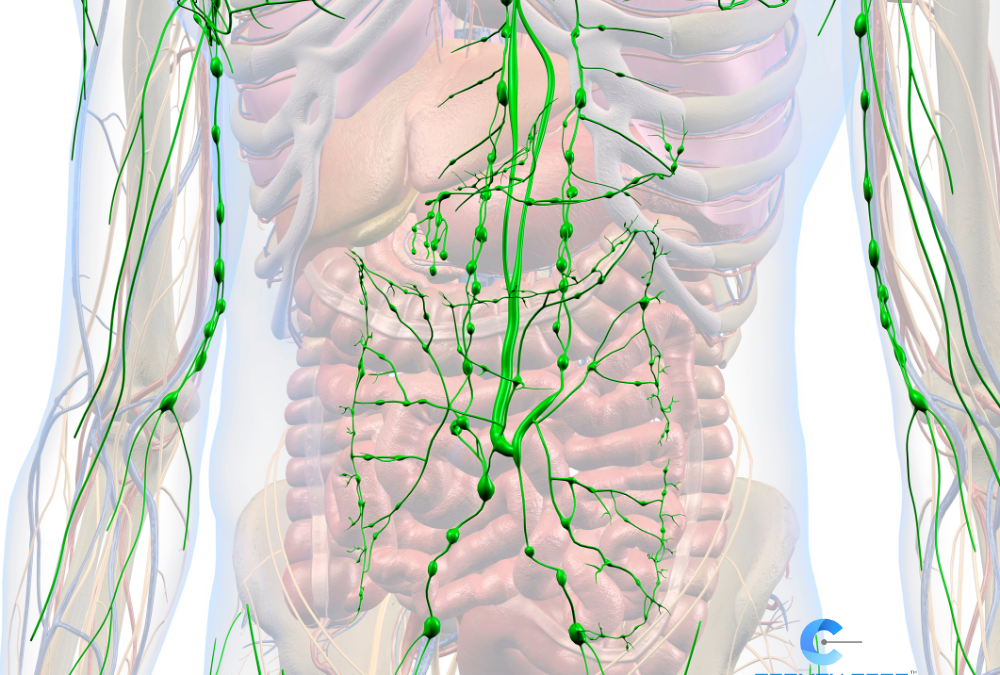Pain is the most common condition of humankind and is currently one of the most prevalent medical problems. Opioids are recommended for treating pain and are common in post-surgery and cancer settings. However, they come with the risk of addiction and overdose due to their euphoric effects on the user. This has made them less favored by doctors and patients as an option for pain relief.
The Consequence of Opioids
- Long-term use of opioids causes damage to areas of the brain responsible for memory and emotions. This leads the user to become addicted and dependent on the drug.
- Opioids have a high risk of overdose. The repercussions can be fatal if the user is not closely monitored.
- Opioids have shown severe adverse effects such as constipation, nausea, dizziness, and lethargy. These are common in patients who use opioids to treat moderate to severe pain after surgeries or cancer treatment.
- Opioids are also responsible for causing thousands of deaths annually in the US. In 2020 alone, opioid deaths are estimated to be 68,630.
- Opioids also diminish a user’s perception of pain, making it harder for them to tolerate it, thus leading them to become more dependent on the drug rather than addressing the pain physically.
- They affect breathing, which can lead to death from overdose and other complications, including pneumonia, sepsis, and organ failure, when opioids are used for a longer duration and in large quantities.
Is Laser Therapy a Better Option for Treating Pain?
Due to the adverse effects of these medications, there has been an increasing need for alternative strategies.
Laser therapy is one such strategy that is gaining momentum as an effective and non-invasive method for alleviating various types of pain. It has been used as an alternative treatment for pain relief since 1960, but its popularity has been growing rapidly in recent years because of its effectiveness.
Laser pain therapy involves the application of low-level laser energy on the skin’s surface. It is used for various conditions, such as rheumatoid arthritis, carpal tunnel syndrome, and even chronic pain. It has shown an enormous improvement in the treatment of pain when compared to the use of opioids.
How Laser Therapy Works
Laser therapy uses high-intensity light beams that penetrate the skin and cause effects within the lower layers of tissue. It has a wavelength of between 600 and 1,400 nanometers. It comprises many photons that generate heat energy within the cells.
This heat energy stimulates the release of endogenous opioid peptides, called endorphins, which are responsible for providing pain relief and reducing inflammation. Endorphins blunt pain signals to the brain, relieves inflammation, and reduce body stress levels.
A typical laser therapy machine uses infrared light, which is invisible to human eyes. Through infrared wavelengths, and depending on the lasers, the penetration can be more than one centimeter into the body without damaging healthy tissue or nerves beneath it.
This non-invasive therapy can be used on any area of the body.
Applications of Laser Therapy
- Laser therapy is currently being used as a treatment for non-healing wounds. It is believed to promote tissue repair by inducing angiogenesis and stimulating growth factors aiding fibroblast proliferation.
- Laser treatment is being used on the bones of the body, particularly those of the hand, shoulder, spine, and knee joint, to treat pain caused by arthritis conditions such as osteoarthritis, rheumatoid arthritis, or spondylarthritis.
- Laser therapy has been used to treat hair loss in both men and women, known as alopecia areata, and for some types of human baldness, which is thinning of the hair on the scalp.
- Laser therapy provides pain relief: it is used to alleviate pain from conditions such as cancer, carpal tunnel syndrome, chronic pain, arthritis, and diabetic neuropathy. Multiple sclerosis may be reduced through laser therapy.
- Laser treatments have also been successfully used for pain management and inflammatory skin diseases.
- The anti-inflammatory properties of laser therapy have led to its use in treating inflammatory eye diseases such as glaucoma and uveitis, as well as reducing postoperative itchiness after surgery.
Why Is Laser Therapy a Better Option for Treating Pain?
- It is a non-invasive and non-pharmacological method. This means that there are no side effects of using laser therapy, such as using opioids, which could result in addiction or overdose.
- The laser light and heat penetrate deep into the tissues that are affected by pain and bring about relief for a chronic condition.
- Availability of low-level lasers makes it very convenient for patients to use them at clinics.
- It is affordable, especially when compared to the high cost of opioid medications.
- The treatment is not only restricted to the area of pain but can be used all over the body, making laser therapy a better option for treating pain.
In recent years, laser therapy has gained a lot of popularity as a non-pharmacological pain management technique. It has shown impressive results in treating and managing various chronic conditions.
If you are a Florida resident, you can check out the pain management experts at Carmen Care Advanced Laser. This Boca Raton-based facility is well-known for offering the latest laser pain therapy options while adhering to the highest standards of care.
Carmen Care Advanced Laser offers patients a variety of top-of-the-line laser therapy systems such as the LightForce Class IV laser, MR5, Icoone, and Delta along with several other treatment modalities to restore your health and relieve acute and chronic pain. In addition, their staff is committed to continuous learning to provide innovative strategies to help patients find effective solutions that can lead them toward recovery.
Contact us online or call (561) 405-9577 if you’re looking for a better option than opioids for pain treatment.




0 Comments